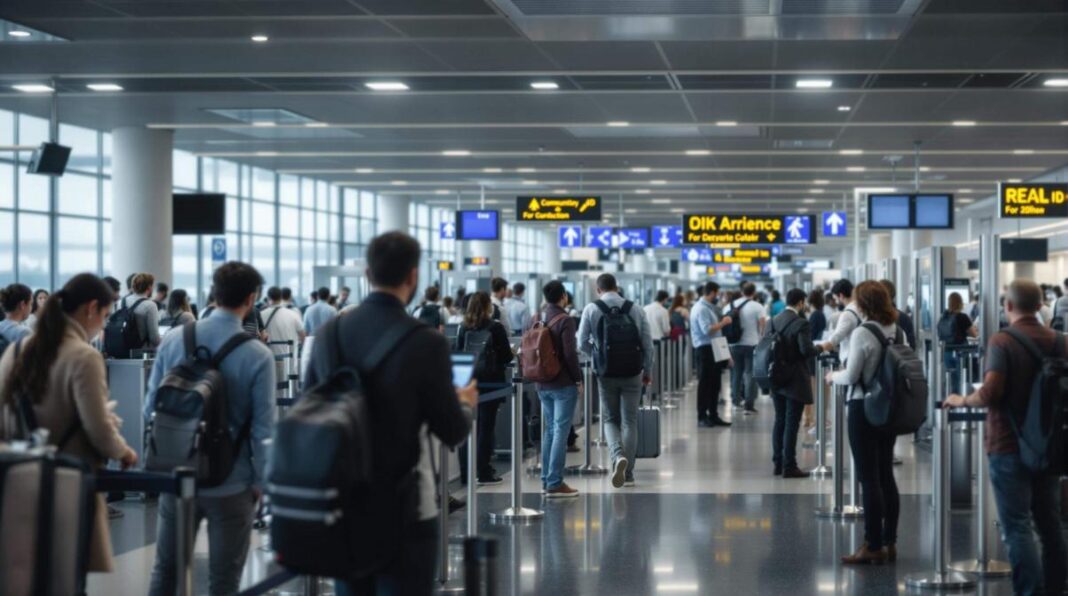Starting May 7, 2025, travelers across the United States will need to present REAL ID-compliant identification or other acceptable forms of ID to pass through Transportation Security Administration (TSA) security checkpoints at airports.
The change comes nearly two decades after Congress enacted The REAL ID Act in 2005, implementing recommendations from the 9/11 Commission to establish minimum security standards for state-issued identification documents.
“TSA is strongly recommending that everyone age 18 and older take an inventory of what forms of photo identification you have that are accepted by TSA. Doing so will ensure that you are prepared for the enforcement of REAL ID requirements starting May 7, 2025,” said TSA Federal Security Director Sid Hanna.
For travelers without REAL ID-compliant identification, several alternatives remain available. “If you do not have a REAL ID, you can use a federally approved document like a valid passport or permanent resident card to get through airport security,” said California DMV Director Steve Gordon.
According to TSA data, 81% of travelers currently present acceptable identification at security checkpoints. However, passengers without compliant documentation after the deadline may face additional screening or be denied entry to secure areas.
States have been gradually implementing REAL ID-compliant credentials, with Texas beginning issuance in fall 2016 and Montana following in January 2019. The implementation deadline has been extended multiple times, with May 7, 2025, now set as the final enforcement date.
Acceptable alternatives to REAL ID include U.S. passports, passport cards, Department of Homeland Security Trusted Traveler cards, active duty and retired military IDs, federally-recognized tribal identification cards, and Transportation Worker Identification Credentials.
As the deadline approaches, travelers are encouraged to verify their identification documents meet the new requirements to avoid potential travel disruptions.


